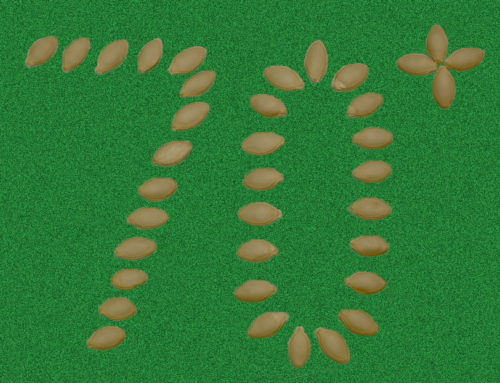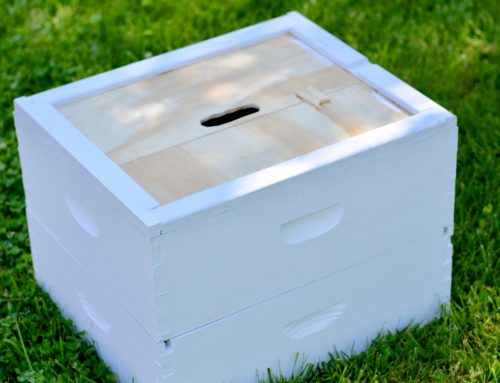I first made maple syrup about 10 years ago. After attending a 2 hour class at the Cincinnati Nature Center about producing maple syrup, I snagged a few spiles (tree taps) at the gift shop and headed out to try my hand at sugaring. Excited about my new knowledge, I immediately went home and drilled small holes in a couple maple trees in my backyard, hammered in the galvanized taps, hung a few 5 gallon buckets, and waited patiently for the sap to flow. Much to my own surprise, over the course of a couple days, the five-gallon buckets filled. So I replaced them with empty buckets and, again much to my surprise, the buckets filled a second time. Over the course of several weeks I accumulated over fifty gallons of maple tree sap from a handful of taps. (Cincinnati Nature Center still offers maple tapping classes)
What is Sap?
Sap transports water, minerals, nutrients throughout the tree, much as our blood transports water and nutrients around our body. Sap is mostly water but it also contains small amounts of a variety of other minerals and nutrients – and sugar. In the winter, fluctuations between freezing and thawing temperatures create pressures inside of trees. These pressures cause the sap to leak out of a tree when the bark and outer wood is punctured or damaged. The purposeful puncture of a tiny tap hole allows a “sugarmaker” to collect about 10 gallons of sap per tree over the course of the season. Because weather dictates when sap will flow, the sugar season varies from location to location – and even from year to year. In Cincinnati, mid-January is about the earliest to tap trees.
Do Other Trees Produce Sap?
Trees of all kinds produce sap. Sap from some trees is edible, but sap from most trees is not. Fortunately, sap from all varieties of maple trees is edible and can be used to make maple syrup (hence the name). On average sugar maples tend to have higher concentration of natural sugars in their sap than other maple trees, making them the best choice for mass maple syrup production. But don’t worry if you have other varieties of maple trees in your yard. All maple trees (Red Maple, Black Maple, Silver Maple, etc.) are suitable for producing maple syrup.
Does Tapping Hurt the Tree?
Nope. Tapping trees does not kill the tree and in fact you can tap the same tree year after year. Healthy trees will completely smooth over a tap hole within a few short years, leaving no external evidence that they’d ever shared their tasty sap. Even so, only trees that are at least 12” in diameter should be tapped.
How is Maple Syrup Made?
Maple syrup is simply concentrated maple tree sap. To make maple syrup from maple tree sap all you need to do is boil it. The heat evaporates out the water, leaving behind the sugar. While the whole idea of just boiling maple sap until it becomes syrup sounds pretty simple, it’s actually quite an undertaking. On average, 40 gallons of maple sap boils down to a mere 1 gallon of maple syrup. The 2% sugar content of the sap needs to climb to a staggering 66% sugar content to transform into the delicious golden delicacy that gracefully adorns our Saturday morning pancakes.
Remember that 50 gallons of sap I told you about? It boiled down to a single gallon of syrup. Yep, just one. I had originally planned to boil down my sap in kitchen, however, with 50 gallons of sap, that was no longer feasible. Not only would boiling take forever, but it would also cause potential humidity and moisture problems in my home. Lucky enough for me, I had a friend with a commercial kitchen at the time. I promptly took my sap filled buckets to the kitchen and boiled the maple sap down into syrup in his pressurized steam kettle.
What Tools Are Needed To Collect Maple Sap?
If you want to collect maple sap from your own trees, you’ll likely need to add a few tools to your arsenal:
- Spiles – this Tree Tapping Kit on Amazon is a great option for beginners. It contains five spiles, drop line, and a filter
- 5/16” drill bit
- Food grade buckets
- Hammer
Once you’ve identified maple trees in your own backyard that are at least 12” in diameter, collect your tools and you’re ready to get sugaring. Drill a hole into your maple and then hammer in a spile. The height you want your spile will depend on the length of your line and the height of your bucket. Attach one end of your line to the spile and the other to your clean food grade bucket. Now comes the wait. Sap needs to be kept cold or it will spoil, so you may need to empty your bucket daily and keep the contents in the fridge until you’ve accumulated enough to boil. Once you’ve amassed enough sap, you can boil it down in a pot on your stove top. Once you have syrup, pour it from the pot, through the filter, and into a glass jar while it’s still hot.
On A Larger Scale
Boiling down 50 gallons in a commercial kitchen worked fine for one year, but that wasn’t a repeatable solution. Fast forward 10 years…I just installed 40 taps at a farm near Loveland, Ohio and have a friend who has tapped 30+ additional maple trees in our neighborhood. It’s exciting to tap into this natural resource that’s readily waiting all around us! With the potential sap volume from 70 trees, kitchen boiling isn’t a great option. Consequently, we recently purchased the Leader Half Pint Evaporator. This outdoor evaporator, which resembles a wood stove, uses the heat from burning logs to boil large amounts of sap, sending the resulting steam out into nature. Stop by and watch the syrup product in action!
This post may contain affiliate links, which means that at no additional cost to you we may make a small commission if you click on the link & make a purchase. Thank you for your support!





Leave A Comment